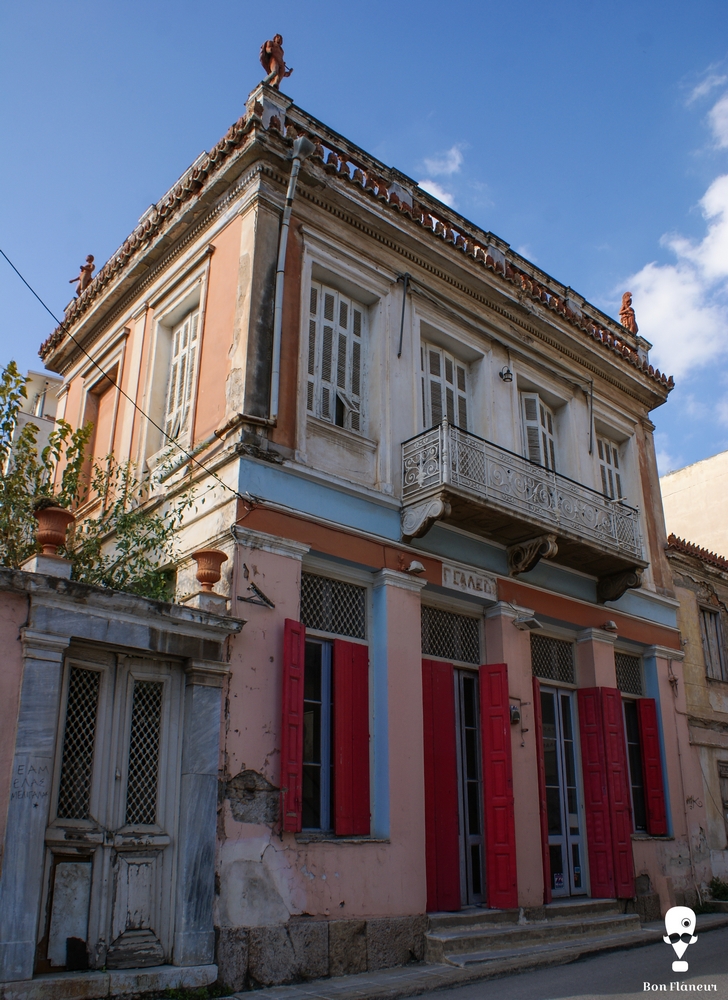Archaeological Museum of Salamis
The Archaeological Museum of Salamis is close to the island's marina.
Location
Timeline
Modern and Contemporary era (1821 - )
1826 Beginning of school construction.
1831 Completion
2010 Housed the archaeological museum.



Share